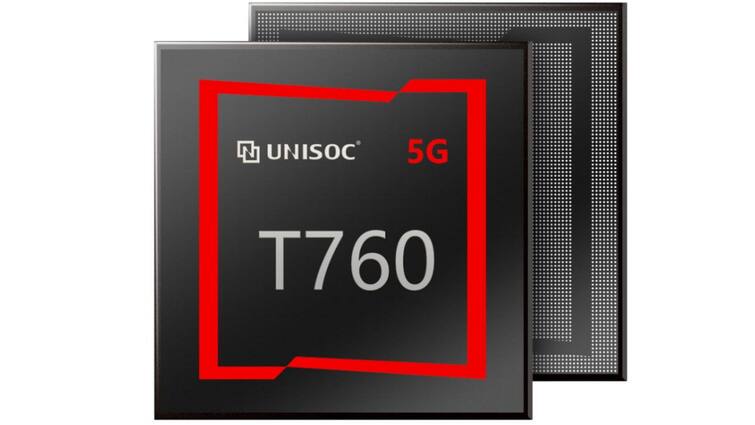Semiconductor design company UNISOC on Tuesday, July 9, unveiled its latest chipset in India. The new product, named UNISOC T760, is part of the company’s strategy to democratise 5G technology. UNISOC is working with several major device manufacturers in the country to integrate this chipset into upcoming products, aiming to make 5G-enabled devices more widely available in the market.
The chipset’s design incorporates advanced power management features, including a versatile integrated architecture and AI-driven optimisation. These innovations reportedly lead to significant energy savings, particularly in 5G usage scenarios. The manufacturer claims that when handling 5G data, the chipset reduces overall power consumption by 37 per cent. In 5G standby mode, it achieves an 18 per cent reduction in energy use.
HMD Globaly May Be The First Adopter Of UNISOC T760 Mobile Platform
By partnering with prominent OEMs in India, the company seeks to accelerate the adoption of this new technology across various consumer devices.
The semiconductor company has stated that it’s working closely with several leading device manufacturers to introduce products featuring this new chipset to Indian consumers in the near future. Industry insiders suggest that HMD Global, known for producing Nokia-branded phones, may be among the first to adopt this chip in their upcoming devices.
The new chipset boasts impressive multimedia capabilities, supporting high-quality video processing with 4K resolution at 30 frames per second for both encoding and decoding. It’s also designed to work with Full HD+ displays and can handle screen refresh rates of up to 120Hz, ensuring smooth visual performance.
In terms of benchmarks, the chipset has reportedly achieved a score of 510,000 on the AnTuTu V10 test, indicating robust overall performance.
For artificial intelligence (AI) tasks, the chipset features a dedicated Neural Processing Unit (NPU) that delivers 3.2 TOPS (Trillion Operations Per Second) of AI computing power. The manufacturer has also integrated its latest image processing technologies, including an advanced imaging engine and innovative 3A technology. These features enable the chipset to support high-resolution camera systems, with the ability to handle quad-camera setups of up to 64 megapixels.

